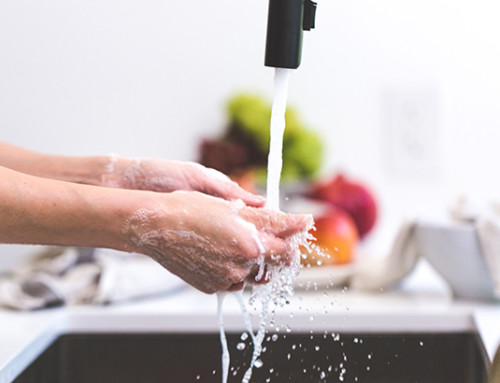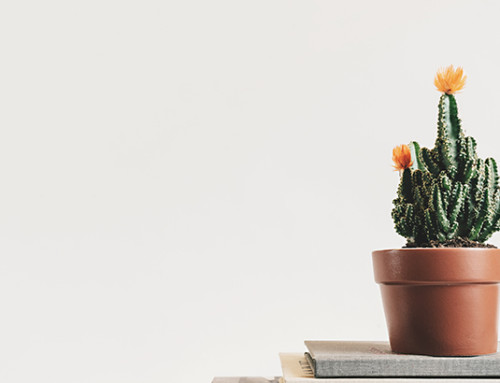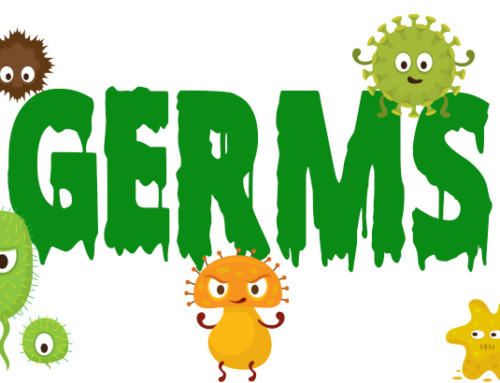A while back, we did an article on the kitchen sponge, and all the germs that could be lurking in there. If a kitchen sponge is a perfect place for microbes to make a home, then why not a loofah? We decided to look into it, and sure enough, studies have been done to show they are a perfect home for microbes.
Much to our surprise, these were not recent studies. The Journal of Clinical Microbiology published an article back in 1994 on the subject. Loofah sponges are made from vegetable gourds of the cucumber family, composed of a network of dried cellulose fibers. This was news to us!
Essentially, their study evaluated loofah sponges that were currently in use over the course of several days. They found that some species flourished and grossly contaminated the sponges, such as Klebsiella oxytoca. They also inoculated some sponges with certain bacteria and found that some grew well while others did not.
They established a baseline by touch inoculating three sponges to BBL and MacConkey agar. They placed each sponge in sterile distilled water and removed after 24 hours. The sponges were left exposed to dry, and at daily intervals for 2 weeks, each sponge segment was touched inoculated to determine the time interval to return to the baseline flora.
When these sponges get wet, they take some time to dry, as water can sit in all the little nooks and crannies, just like a kitchen sponge. In addition, they are often stored in the shower, a moist environment. Loofahs probably never completely dry out.
Loofahs are used to scrub off dead skin cells, which can also get stuck in the sponge, setting the stage for bacterial growth, and with the moisture trapped inside, they’re a perfect breeding ground. If gross contamination has occurred on a loofah, it could result in a skin infection or possibly worse if used to clean an open wound.
We never intend to scare you with these articles, but rather to give you some knowledge on how to avoid serious bacterial infection. Loofahs should be thoroughly rinsed after use, and dried daily somewhere outside of the shower. You should also clean your loofah weekly by soaking it in a diluted bleach solution for about 5 minutes, then rinsing thoroughly. And you should definitely replace your loofah regularly.
There is a difference in bacterial growth between natural sponge loofahs and plastic loofahs. Bacteria will grow faster and more readily on natural loofahs, so these should be cleaned and replaced more regularly.
Of course, the question came to mind, is it better to use a washcloth? Do washcloths have the same problems? Yes and no. If you have a washcloth that hasn’t been laundered for a while, sits in the shower and never fully dries, of course it is also susceptible to bacterial growth. However, they don’t pose quite the same problems as loofahs because their structure is different and doesn’t have all those little nooks and crannies. Plus, more often than not, washcloths are laundered regularly.
This might be a good opportunity for a quick dipslide test. Design your own experiment using a Nutrient TTC-Rose Bengal dipslide. Run a few tests side-by-side, comparing test results of a fresh new washcloth and loofah, as well as a few tests over the course of a week or two of used washcloths and loofahs. We would love to know your results, so please share if you try this little experiment!







Leave A Comment